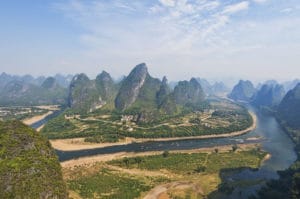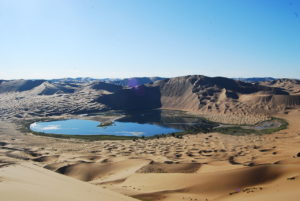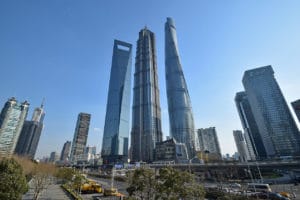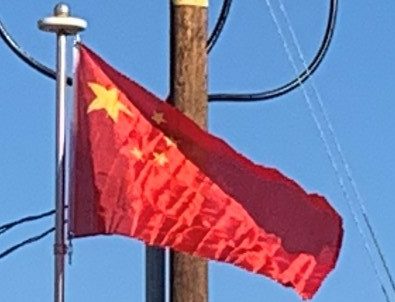Preparations for a decadal leadership change in 2012 were marked by factional disputes and political scandals. During the 18th National Communist Party Congress in November 2012, Hu Jintao was replaced as General Secretary of the Communist Party by Xi Jinping. Under Xi, the Chinese government began large-scale efforts to reform its economy, which has suffered from structural instabilities and slowing growth. The Xi–Li Administration also announced major reforms to the one-child policy and prison system.
Geography:
China’s landscape is vast and diverse, ranging from the Gobi and Taklamakan Deserts in the arid north to the subtropical forests in the wetter south.

The Himalaya, Karakoram, Pamir and Tian Shan mountain ranges separate China from much of South and Central Asia. The Yangtze and Yellow Rivers, the third- and sixth-longest in the world, respectively, run from the Tibetan Plateau to the densely populated eastern seaboard. China’s coastline along the Pacific Ocean is 14,500 kilometers (9,000 mi) long and is bounded by the Bohai, Yellow, East China and South China seas. China connects through the Kazakh border to the Eurasian Steppe which has been an artery of communication between East and West since the Neolithic through the Steppe route – the ancestor of the terrestrial Silk Road.

China’s landscapes vary significantly across its vast territory. In the east, along the shores of the Yellow Sea and the East China Sea, there are extensive and densely populated alluvial plains, while on the edges of the Inner Mongolian plateau in the north, broad grasslands predominate. Southern China is dominated by hills and low mountain ranges, while the central-east hosts the deltas of China’s two major rivers, the Yellow River and the Yangtze River. Other major rivers include the Xi, Mekong, Brahmaputra and Amur. To the west sit major mountain ranges, most notably the Himalayas. High plateaus feature among the more arid landscapes of the north, such as the Taklamakan and the Gobi Desert. The world’s highest point, Mount Everest (8,848 m), lies on the Sino-Nepalese border. The country’s lowest point, and the world’s third-lowest, is the dried lake bed of Ayding Lake (−154m) in the Turpan Depression.
Economy:
China had the largest economy in the world for most of the past two thousand years, during which it has seen cycles of prosperity and decline. As of 2018, China had the world’s second-largest economy in terms of nominal GDP, totaling approximately US$13.5 trillion (90 trillion Yuan). In terms of purchasing power parity (PPP GDP), China’s economy has been the largest in the world since 2014, according to the World Bank.

Since economic reforms began in 1978, China has developed into a highly diversified economy and one of the most consequential players in international trade. Major sectors of competitive strength include manufacturing, retail, mining, steel, textiles, automobiles, energy generation, green energy, banking, electronics, telecommunications, real estate, e-commerce, and tourism.
